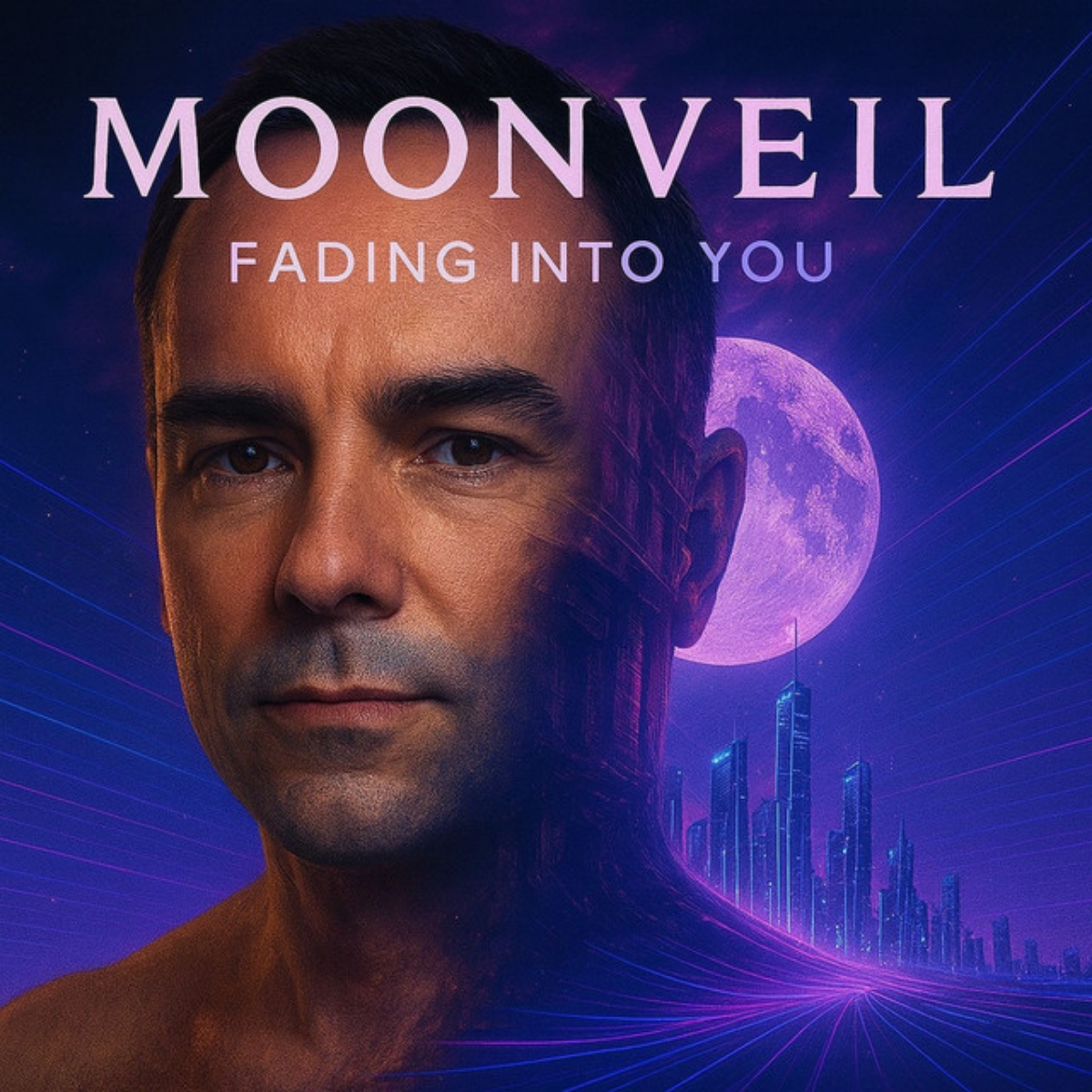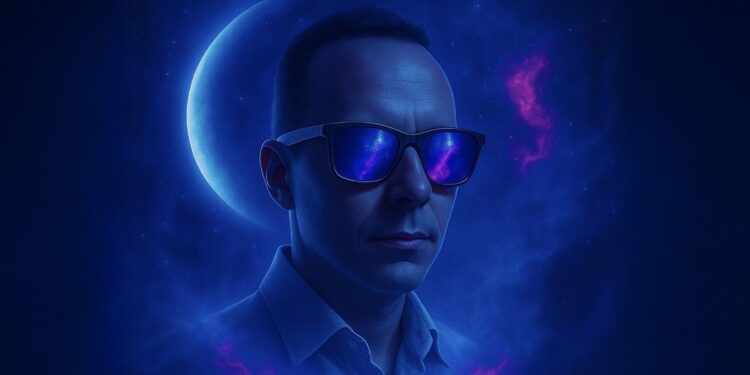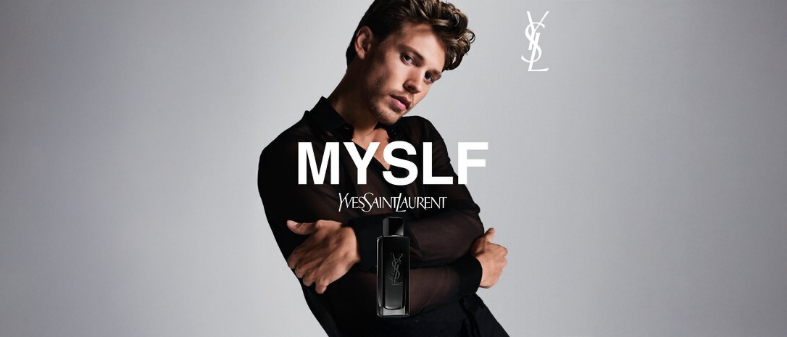The best electronic music often comes from artists who’ve spent years watching crowds move. That’s exactly where Moonveil’s story begins — not in a studio tweaking knobs, but behind the decks in European clubs, learning the unspoken language between DJ and dancefloor.
Before there were any original tracks or artistic concepts, there were just those endless nights. Reading the room, feeling when the energy dipped, knowing exactly which track would bring everyone back. It’s the kind of education you can’t get from YouTube tutorials or production courses. You either understand how to keep people dancing until sunrise, or you don’t.
But here’s the thing about playing other people’s music night after night — eventually, it stops being enough. That creative itch starts building, the one that makes you wonder what your own sound would feel like pulsing through those same speakers. For Moonveil, that curiosity became impossible to ignore.
The shift from DJ to producer wasn’t some dramatic overnight transformation. It was gradual, deliberate. Those years behind the decks had already shaped an understanding of what works — steady, hypnotic beats that lock people into a groove, textures that create atmosphere without overwhelming the rhythm. The challenge was taking those instincts and turning them into something original.
What emerged was an electronic project that refuses to pick just one lane. Moonveil’s music pulls from everywhere — the relentless pulse of techno, the emotional weight of trip-hop, the dreamlike quality of ambient electronica. Shimmering synths wash over driving beats while ghostly vocals float through the mix, never quite landing where you expect them to.
The influences are pretty clear if you know where to listen. There’s the marathon set energy of Solomun, the atmospheric depth of Massive Attack, the textural experimentation of Burial. Artists like RÜFÜS DU SOL and Röyksopp showed how vocals could become part of the diverse fabric rather than just sitting on top. Jon Hopkins and Aphex Twin demonstrated that electronic music could be both beautiful and strange. All these pieces filter through Moonveil’s sound, creating something that feels familiar yet distinctly its own.
“Fading into You,” the project’s debut single released on August 22, 2025, runs just over four minutes and immediately establishes what Moonveil is about. It’s polished in a way that suggests years of experience, which makes sense given the DJ background. The track builds slowly with hypnotic keys, layering synth elements until you’re completely wrapped in sound and powerful belting male vocals — and the sax brings it all together. It’s the kind of song that works equally well at 3 AM during an ambient rave or 3 PM on your headphones during a train ride.

When asked to describe the music to newcomers, Moonveil keeps it simple — this is electronic music that feels like slipping into another world. The beats are steady enough to move to, but there’s something else happening beneath the surface. Those lush melodies and atmospheric layers create a space you can get lost in. Some call it cinematic, like a soundtrack to late-night drives through glowing cities or dreams you don’t quite remember.
The interesting part is how Moonveil approaches the whole creative process. There’s no grand mission statement about changing electronic music or revolutionizing the genre. When asked what listeners should get from the music, the answer is refreshingly straightforward: “just to enjoy.” No pretense, no overthinking. Just music that connects.
Currently, Moonveil is preparing to release “Fragments of Light,” an album scheduled for late 2025. If the title is any indication, expect more of those shimmering, broken-light soundscapes that define the project’s aesthetic. The album promises to expand on the foundation laid by “Fading into You,” exploring different corners of electronic music while maintaining that signature blend of rhythm and atmosphere.
What sets Moonveil apart in an increasingly crowded electronic scene isn’t necessarily innovation — plenty of artists combine dance beats with ambient textures. It’s the execution, the way each element feels purposeful rather than decorative. Those years spent watching dancefloors taught valuable lessons about tension and release, about knowing when to push forward and when to pull back.
As electronic music continues fragmenting into endless subgenres and micro-scenes, Moonveil occupies an interesting middle ground. The music has enough energy for clubs but enough depth for home listening. It’s nostalgic without being retro, modern without chasing trends. That balance is hard to strike, but it’s exactly what makes this project worth watching.
For those curious to explore more Moonveil, music is available across all major platforms. Follow the journey on Instagram, stream on Spotify or Apple Music, watch on YouTube, or find more listening options here.



































